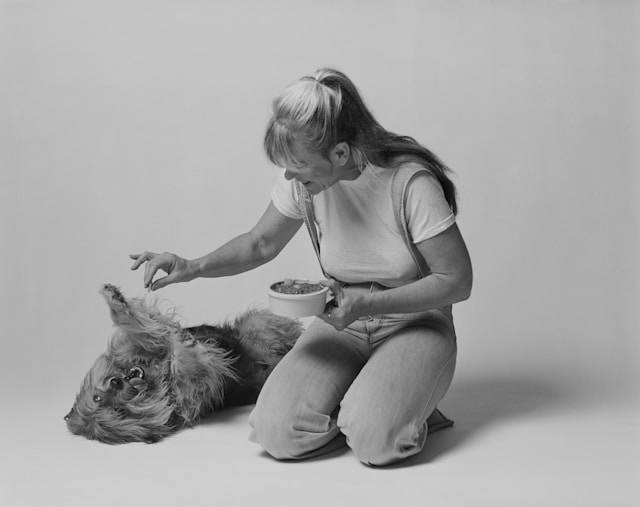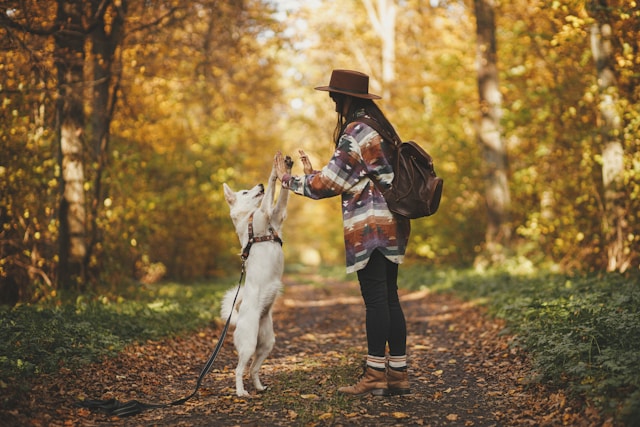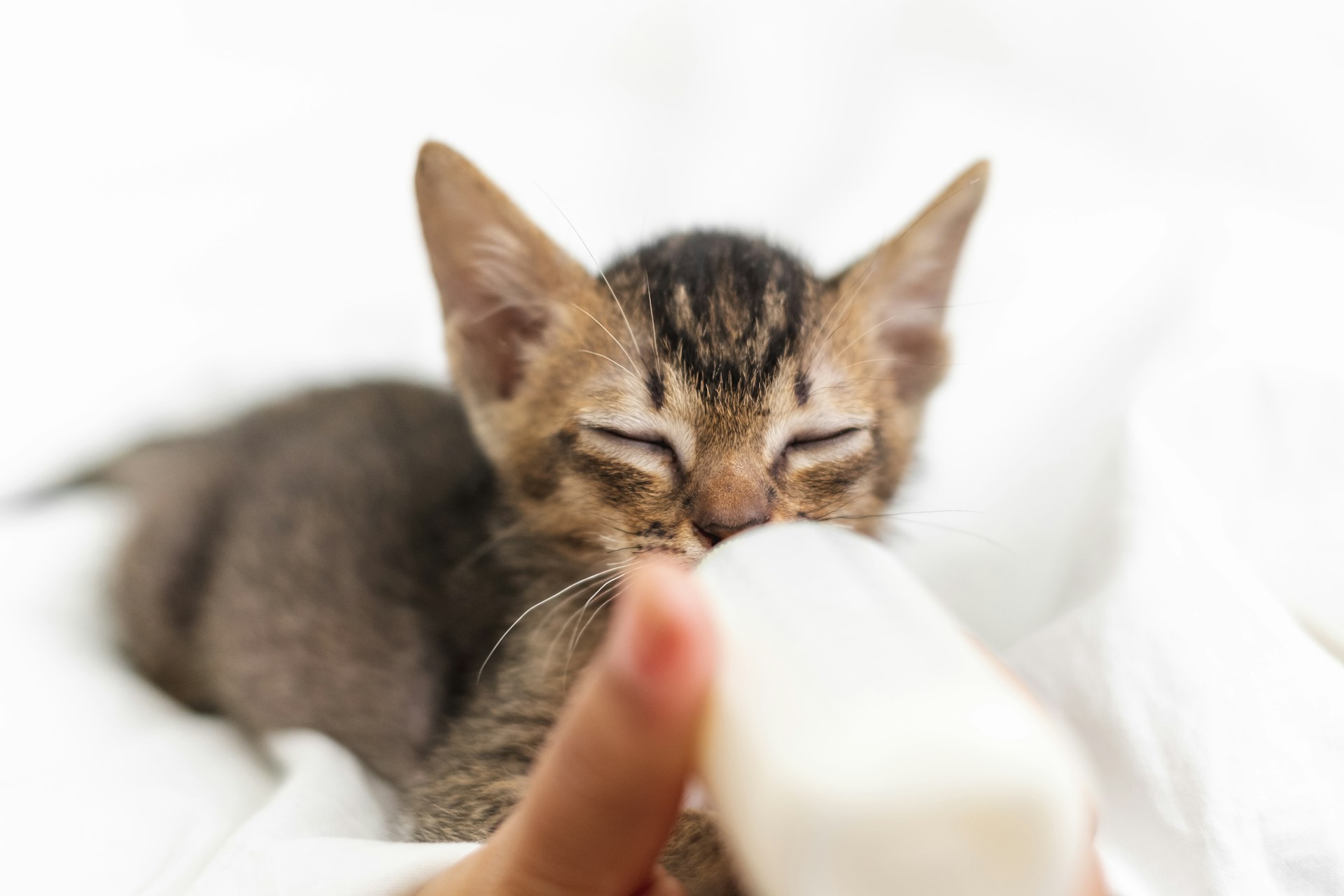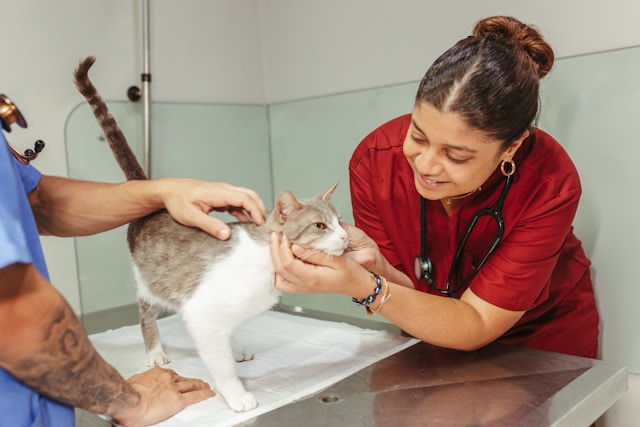Traveling with pets can be a fantastic experience, but it also requires some extra planning to ensure our furry friends stay happy and healthy. One of the most crucial aspects of pet travel is making sure they are properly hydrated and fed. Here are some practical tips to keep your pets well-fed and hydrated on your next adventure.
Hydration Tips
Ensuring your pet stays hydrated while traveling is crucial to their overall health and well-being. Pets, like humans, need consistent water intake to stay healthy, especially during travel when they might be more active or stressed. Here are some detailed tips to help you keep your furry friend well-hydrated on the road.
1. Bring Plenty of Water
When packing for your trip, make sure to bring more water than you think you’ll need. Pets can dehydrate quickly, particularly in warm weather or during periods of increased activity. To make things easier, consider using bottled or filtered water. It’s safer than relying on unknown water sources that might contain harmful bacteria or parasites.
2. Use a Collapsible Water Bowl
A collapsible water bowl is a lifesaver for travel. These bowls are lightweight, easy to carry, and can be quickly packed away when not in use. Offer your pet water frequently, especially after physical activity or during hot weather. Make sure to clean and dry the bowl after each use to prevent bacteria build-up.
3. Avoid Standing Water
While it might seem convenient to let your pet drink from ponds, lakes, or rivers, these natural water sources can harbor harmful bacteria and parasites, such as Giardia. Always provide your pet with clean, safe water to drink. If you’re hiking or spending time outdoors, carry enough water for both you and your pet.
4. Hydration Packs
For active pets that enjoy long hikes or outdoor activities, a hydration pack can be very useful. These packs are designed to be worn by your pet and typically have built-in water reservoirs with tubes that allow easy access to water. It’s a convenient way to ensure your pet stays hydrated without needing frequent stops.
5. Ice Cubes and Frozen Treats
In hot weather, ice cubes can be a fun and refreshing way to keep your pet hydrated. You can also make homemade frozen treats by blending pet-safe ingredients like yogurt, peanut butter, and water, then freezing them in molds. These treats not only provide hydration but also help cool your pet down.
6. Monitor Water Intake
Keep an eye on how much water your pet is drinking. Changes in their drinking habits can be an early sign of stress or health issues. If your pet is drinking significantly more or less than usual, consult a veterinarian. During travel, it’s normal for pets to drink slightly less due to unfamiliar surroundings, but prolonged changes should be checked.
7. Offer Water Regularly
Make it a point to offer water to your pet every couple of hours. When traveling by car, plan regular stops to give your pet a chance to drink and stretch their legs. If you’re flying, check the airline’s policies on bringing water for pets and ensure your pet has access to water during the flight.
8. Hydrating Foods
Incorporate hydrating foods into your pet’s diet while traveling. Wet food or adding water to dry kibble can increase their water intake. Some fruits and vegetables, such as cucumbers and watermelon, are also hydrating and can be given as snacks, provided they are safe for your pet to consume.
9. Signs of Dehydration
Be aware of the signs of dehydration in pets, which include:
- Dry gums and nose
- Lethargy or weakness
- Sunken eyes
- Loss of skin elasticity (if you gently pinch your pet’s skin and it doesn’t quickly return to its normal position, this can be a sign of dehydration)
- Panting excessively
If you notice any of these signs, offer water immediately and consult a veterinarian as soon as possible.
10. Travel Bowls and Bottles
Invest in travel-friendly bowls and water bottles designed specifically for pets. Some bottles come with an attached bowl, making it easy to offer water without needing additional equipment. These are especially useful for road trips or long walks.
11. Shade and Rest
When traveling, especially in hot climates, make sure to provide plenty of shade and rest for your pet. Avoid long periods of direct sunlight and give your pet regular breaks in a cool, shaded area. This helps prevent overheating and encourages your pet to drink water regularly.
Keeping your pet hydrated while traveling is essential for their health and comfort. With these tips, you can ensure your furry friend stays well-hydrated, allowing both of you to enjoy your adventures together. Remember, a well-hydrated pet is a happy pet, ready to explore the world by your side. Happy travels!

Feeding Tips
Feeding your pet while traveling requires a bit of planning to ensure they stay nourished and happy. Maintaining their regular diet and feeding schedule can help minimize stress and avoid digestive issues. Here are some detailed tips to help you manage your pet’s feeding needs during your travels.
1. Stick to Their Regular Diet
When traveling, it’s important to keep your pet’s diet as consistent as possible. Sudden changes in food can lead to stomach upsets, which are the last thing you want on a trip. Bring enough of your pet’s regular food to last the entire journey. If your pet is on a special diet, make sure you have ample supplies and know where you can purchase more if needed.
2. Scheduled Feeding Times
Maintaining your pet’s regular feeding schedule is crucial. This consistency helps reduce stress and keeps their digestive system in balance. If you’re crossing time zones, gradually adjust their feeding times to match the new schedule. For example, if you usually feed your pet at 7 AM and 7 PM, but you’re traveling to a different time zone, adjust the feeding times slowly over a few days.
3. Portable Food Containers
Invest in portable food containers that are easy to pack and use. These containers are often designed to be airtight, keeping food fresh and preventing spills. Some containers even come with built-in bowls, making it easy to feed your pet on the go.
4. Healthy Treats
Bringing along your pet’s favorite healthy treats can be a great way to reward good behavior and provide comfort during travel. Treats can also be useful for training and managing any anxiety your pet might feel in new environments. Avoid giving too many treats to prevent any stomach issues.
5. Pre-Portioned Meals
Pre-portion your pet’s meals before you leave. This makes feeding time straightforward and eliminates the need to measure out food on the go. Use small, sealable bags or containers to store each meal. This also helps you ensure you have enough food for the entire trip.
6. Hydrating Foods
Incorporate hydrating foods into your pet’s diet, especially if you’re traveling to a hot climate. Wet food or adding a bit of water to dry kibble can help increase their water intake. Some fruits and vegetables, like cucumber or watermelon, can also be given as hydrating snacks, provided they are safe for your pet.
7. Monitor Their Eating Habits
Keep an eye on your pet’s eating habits. Changes in appetite can be a sign of stress or illness. If your pet refuses to eat for more than a day, or if they show any signs of discomfort or distress, consult a veterinarian.
8. Emergency Food Supply
Always carry a small emergency food supply. This is useful if you encounter delays or if your trip lasts longer than expected. Choose non-perishable food items that your pet is familiar with to avoid any dietary upsets.
9. Avoid Human Food
It can be tempting to share your meals with your pet, especially when you’re eating out. However, many human foods are not safe for pets and can cause serious health issues. Stick to pet-safe foods and treats to ensure your pet’s health and well-being.
10. Feeding During Car Rides
If you’re on a long car ride, plan for meal stops. It’s usually best to feed your pet at a rest stop rather than in a moving vehicle to prevent motion sickness. Allow time for a walk and a bathroom break after eating to help with digestion.
11. Pet-Friendly Dining
When dining out, look for pet-friendly restaurants that offer special menus or accommodate pets. Some places even provide water bowls and treats. Check online reviews or use apps designed to find pet-friendly locations.
12. Vet Check-Up
Before you travel, have a vet check-up to ensure your pet is in good health. Discuss any dietary concerns and get recommendations for feeding and hydration. Your vet can also provide advice on any necessary supplements or medications.
13. Pack Clean-Up Supplies
Always pack clean-up supplies, including waste bags, wipes, and hand sanitizer. Clean up any spills or messes promptly to avoid attracting pests and to keep your pet’s eating area sanitary.
14. Stress and Feeding
Travel can be stressful for pets, and stress can affect their appetite. Try to create a calm feeding environment. Use familiar bowls and feeding mats to make your pet feel more at home. If your pet is particularly anxious, consult your vet about possible solutions, such as calming supplements or pheromone sprays.
Feeding your pet while traveling doesn’t have to be complicated. With a bit of planning and these handy tips, you can ensure your furry friend stays well-nourished and content throughout your journey. Safe travels, and happy feeding!

Practical Tips for Traveling with Pets
Traveling with pets can be an enriching experience, but it requires thoughtful planning and preparation to ensure your furry friend remains comfortable and safe. Here are some practical tips to help make your journey smooth and enjoyable.
1. Portable Food and Water Containers
Investing in high-quality, portable food and water containers is essential. These containers are designed to be leak-proof and easy to pack, making them perfect for travel. Look for collapsible bowls and compact storage containers that can easily fit into your travel bag.
2. Monitor Their Health
Keeping an eye on your pet’s health is crucial while traveling. Pay attention to their eating and drinking habits, as changes can indicate stress or health issues. If your pet shows any signs of illness, such as vomiting, diarrhea, or lethargy, seek veterinary care immediately. It’s also helpful to have a list of veterinary clinics along your travel route.
3. Emergency Supplies
Always have a small emergency kit for your pet. This should include:
- Medical records: Keep copies of your pet’s vaccination records and any other important medical information.
- First aid kit: Include items like bandages, antiseptic wipes, tweezers, and any medications your pet might need.
- Extra food and water: Carry enough supplies to last an extra day or two in case of unexpected delays.
4. Plan Your Route
Planning your route in advance can help you avoid any unforeseen issues. Identify pet-friendly rest stops, parks, and accommodation. Apps like BringFido can help you find pet-friendly hotels, restaurants, and activities.
5. Identification and Microchipping
Ensure your pet is wearing a collar with an ID tag that includes your contact information. Microchipping your pet provides an added layer of security in case they get lost. Keep your contact information up-to-date with the microchip registry.
6. Secure Transport
Safety is paramount when traveling with pets. In a car, use a pet seatbelt, harness, or a travel crate to keep your pet secure. For air travel, ensure you have an airline-approved carrier. Familiarize your pet with their carrier or harness before the trip to reduce anxiety.
7. Comfort Items
Bringing along some of your pet’s favorite comfort items can help reduce stress. A familiar blanket, toy, or bed can make new environments feel more like home. These items can provide comfort and security, especially during long trips.
8. Travel-Friendly Grooming
Traveling can sometimes mean your pet gets dirty quicker than usual. Pack travel-friendly grooming supplies like wipes, a brush, and a towel. This helps keep your pet clean and comfortable, especially after outdoor adventures.
9. Regular Breaks
Plan for regular breaks during your trip. These breaks are important for your pet to stretch, relieve themselves, and get some fresh air. Aim for stops every two to three hours. If you’re traveling by plane, ensure you know the airline’s pet policies and plan for potty breaks before and after flights.
10. Familiarization
Before embarking on a long journey, take your pet on shorter trips to help them get used to traveling. This can reduce anxiety and make the longer trip less stressful. Gradually increase the length of these practice trips to build your pet’s tolerance and comfort level.
11. Pet-Friendly Accommodations
Ensure your accommodation is pet-friendly and understand their policies. Some hotels offer pet amenities like beds, bowls, and even special treats. Booking in advance can save you the hassle of finding last-minute accommodation that accepts pets.
12. Waste Management
Carry waste bags and a portable scoop to clean up after your pet. Keeping areas clean is not only courteous but also often required by law in many places. Dispose of waste properly to maintain a clean environment for everyone.
13. Climate Considerations
Consider the climate of your travel destination. Ensure your pet is comfortable in different weather conditions. For hot climates, ensure shade and hydration are available, and avoid leaving your pet in the car. For colder climates, pack appropriate gear like pet sweaters or booties to keep them warm.
14. Exercise and Play
Regular exercise and play are essential for your pet’s well-being. Plan activities that allow your pet to burn off energy and stay engaged. Research local parks, hiking trails, or pet-friendly beaches where your pet can have fun and stay active.
15. Research Local Regulations
Before you travel, research the pet regulations of your destination. Different states, countries, and regions have varying rules regarding pet vaccinations, quarantines, and leash laws. Being informed can help you avoid any legal issues and ensure a smooth trip.
Traveling with your pet can be a rewarding experience filled with memorable adventures. By following these practical tips and preparing thoroughly, you can ensure your pet’s safety, comfort, and happiness throughout your journey. Happy travels!
Ensuring your pet stays hydrated and well-fed while traveling is key to a successful and enjoyable trip. With a bit of preparation and these handy tips, you and your furry friend can have a safe and fun adventure. Happy travels!
Feel free to share your own tips and experiences in the comments below. We’d love to hear how you keep your pets happy and healthy on the road!


